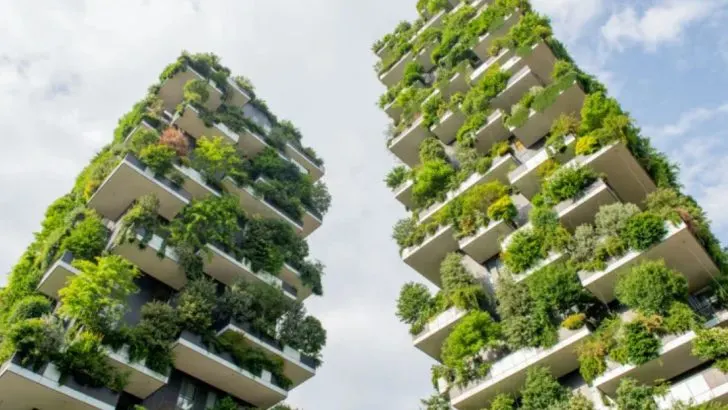Gardening trends evolve with changing lifestyles, environmental concerns, and design inspirations. As we look ahead to 2025, fresh ideas are shaping the way we grow, design, and connect with our gardens.
From sustainable practices to innovative technologies, here are 30 cutting-edge gardening trends set to define the year, inspiring both new and seasoned gardeners to cultivate with purpose and creativity.
Vertical Farming for Urban Spaces
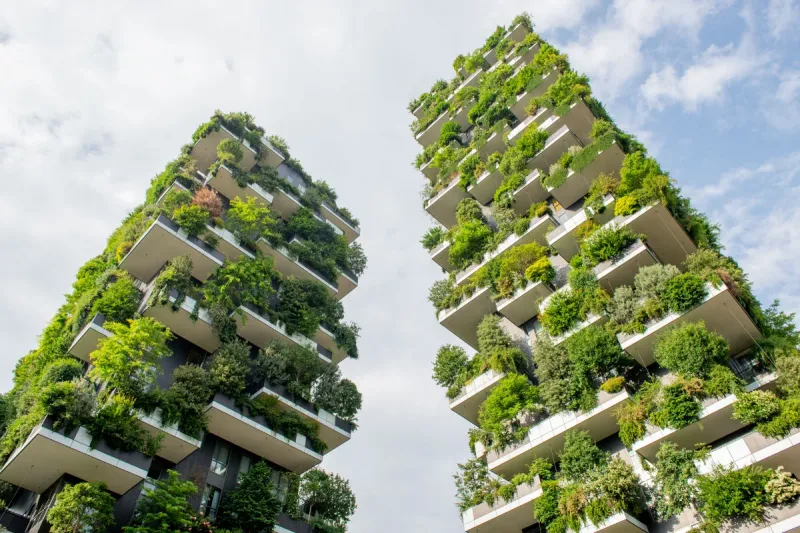
Urban dwellers can now cultivate their gardens skywards, utilizing minimal ground space. This trend is not just about maximizing limited areas; it’s a blend of innovation and aesthetics. Imagine a rooftop or balcony transformed by vertical greens adding more depth and vitality. These setups are ideal for growing herbs, small vegetables, or even flowers, enhancing urban environments. By leveraging vertical space, residents can enjoy gardening without the need for traditional land plots. Vertical farming also contributes to better air quality and insulation, making it a multifaceted addition to city life.
Robotic Garden Assistants
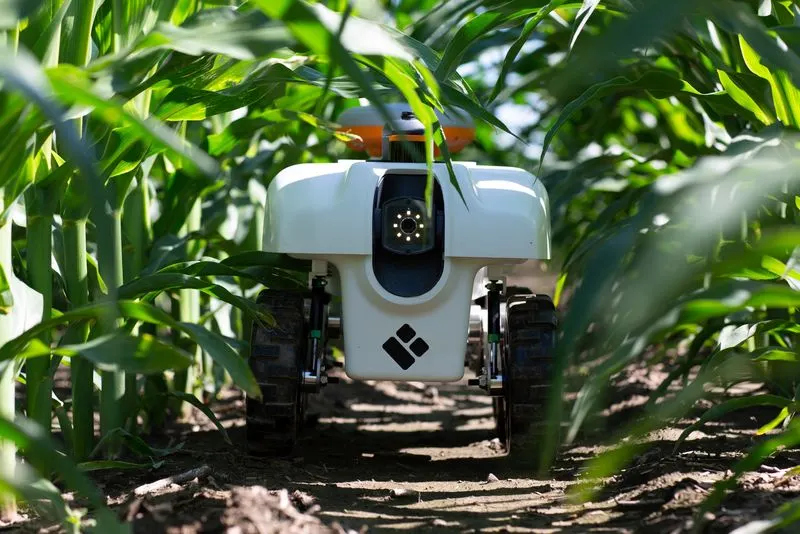
Automation has reached the garden, promising convenience and efficiency. Robotic assistants can manage tasks from mowing lawns to watering plants, freeing up time for creative pursuits. These smart gadgets adapt to garden layouts and specific plant needs, ensuring optimal care. Ideal for those with busy schedules, robots reduce manual labor and increase productivity. As technology advances, these assistants are becoming more affordable and user-friendly. They cater to both tech-savvy individuals and those new to automation, enhancing the gardening experience while maintaining a personal touch.
Permaculture Principles
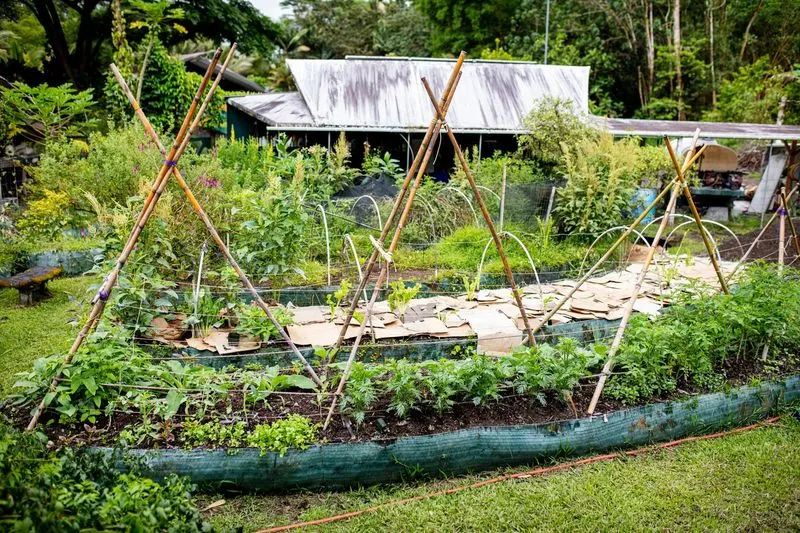
Embracing permaculture means working with nature to create harmonious ecosystems. This trend focuses on sustainability, encouraging gardeners to consider the natural flows and interactions within their spaces. It’s about creating self-sustaining environments where every element serves multiple purposes. The principles are applied through companion planting, rainwater harvesting, and enriching soil health. By following permaculture, gardens become resilient, productive, and environmentally friendly. Suitable for any scale, from home gardens to community plots, permaculture offers a holistic approach to nurturing our green spaces.
Color-Changing Foliage
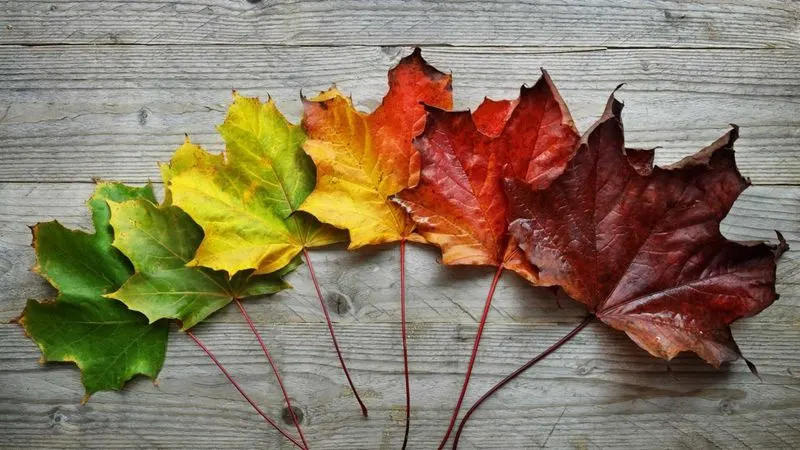
Plants that change color add a dynamic visual element to gardens. These varieties offer a shifting tapestry of hues, transforming spaces throughout the year. Choosing such plants ensures a garden that never remains static; instead, it evolves with the seasons. This trend is especially appealing for those who appreciate seasonal changes and wish to witness nature’s artistry. Color-changing foliage can be incorporated into any garden style, enhancing borders, pathways, or focal points. These plants provide a living canvas, offering endless inspiration and delight for garden enthusiasts.
Edible Landscaping
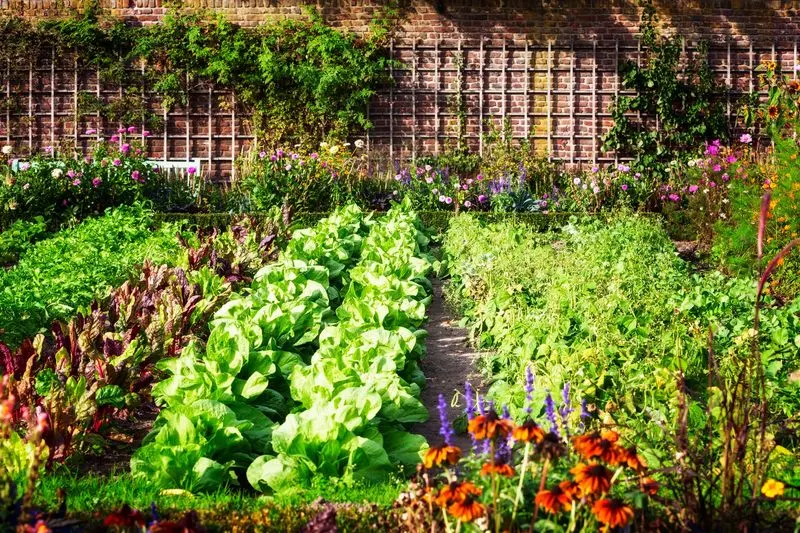
Combining aesthetics with practicality, edible landscaping integrates food-producing plants into ornamental settings. This trend allows gardeners to enjoy visual beauty while harvesting fresh produce. By carefully selecting plant varieties, one can create gardens that are both nourishing and pleasing to the eye. Edible landscapes challenge traditional notions of garden design, offering innovative layouts that serve dual purposes. It’s a sustainable approach that supports food security and reduces environmental impact. Whether in a backyard or public park, these gardens provide an engaging way to connect with nature and nutrition.
No-Dig Gardens
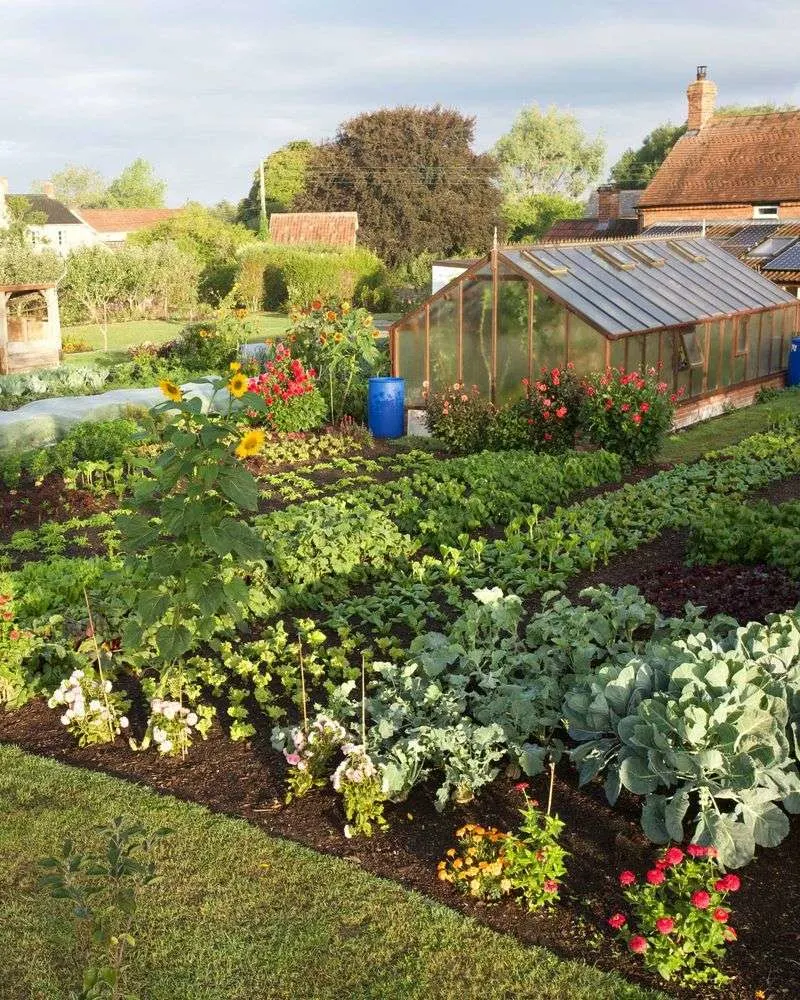
No-dig gardening focuses on minimal soil disturbance to promote healthy ecosystems. By layering organic materials on the surface, gardeners can foster nutrient-rich environments. This approach reduces labor and enhances biodiversity, making it appealing for those seeking low-maintenance solutions. The layers decompose over time, enriching soil health and supporting robust plant growth. This method is particularly beneficial for areas with poor soil quality or those looking to improve soil structure naturally. No-dig gardens are not only practical but also environmentally sound, aligning with sustainable gardening practices.
Smart Irrigation Systems
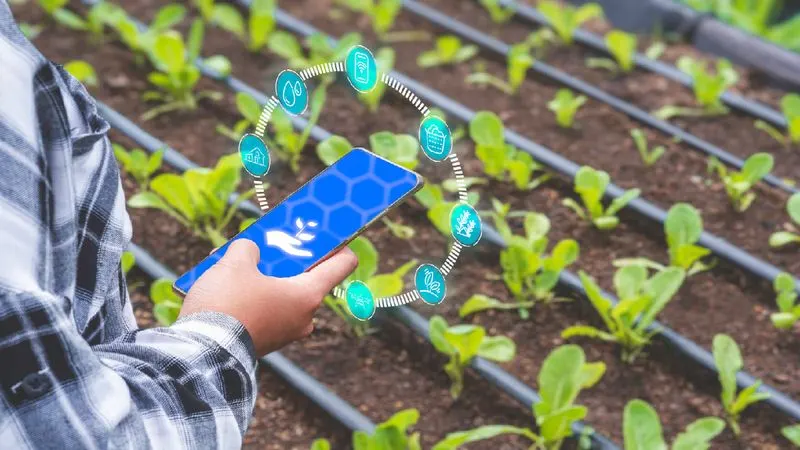
Water efficiency is paramount, and smart irrigation systems offer a tailored solution. These systems use technology to monitor weather, soil conditions, and plant needs, ensuring optimal watering schedules. By minimizing water waste, they promote sustainability and reduce utility costs. Gardeners can control these systems remotely, offering flexibility and convenience. Ideal for tech enthusiasts, smart irrigation systems cater to both residential and commercial gardens. They also contribute to healthier plants by preventing over or under-watering, enhancing the overall gardening experience and supporting environmental conservation.
Wildlife-Friendly Gardens
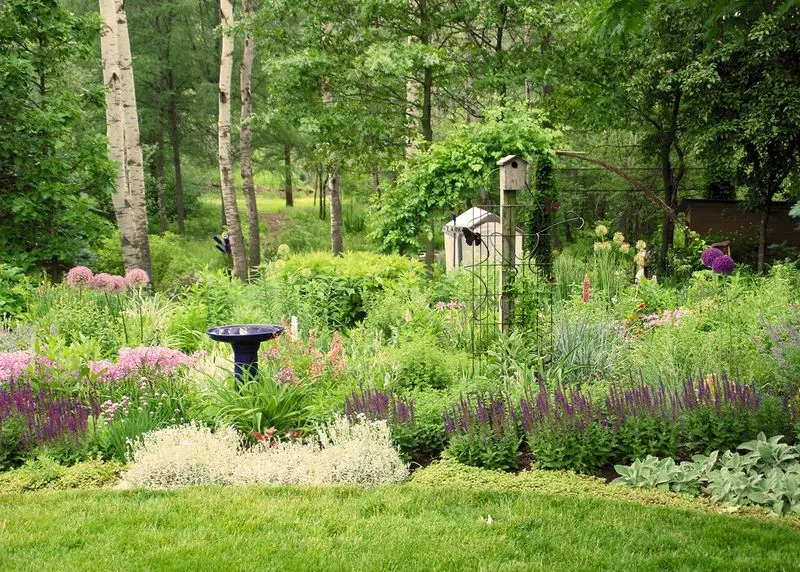
Creating habitats for wildlife is an essential trend that enriches garden ecosystems. By incorporating features that attract birds, bees, and other beneficial creatures, gardeners contribute to biodiversity. These gardens become sanctuaries, offering food, shelter, and nesting sites. Planting native species and providing water sources are key strategies. Wildlife-friendly gardens offer a unique opportunity to observe nature up close. They foster environmental stewardship and create vibrant, dynamic spaces. Beyond aesthetics, these gardens play a crucial role in supporting local fauna, enhancing biodiversity, and offering educational value.
Hydroponic Vegetable Gardens
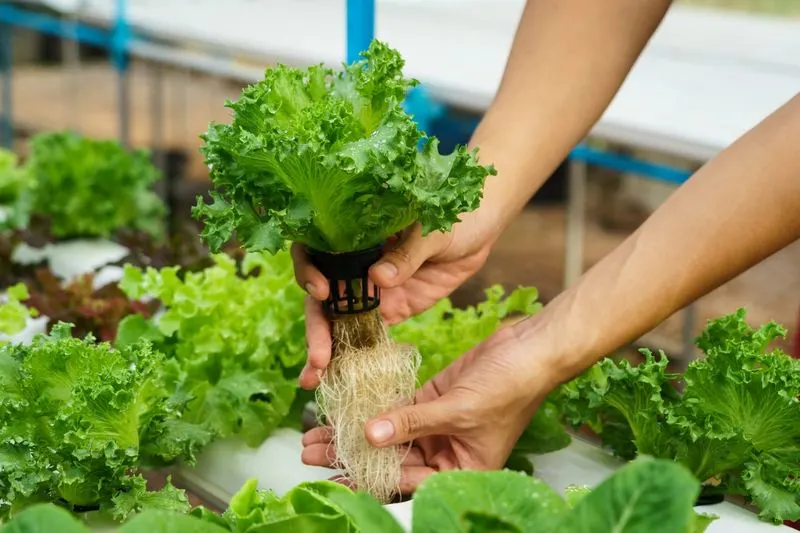
Hydroponics offers a soilless method to grow vegetables, ideal for indoor or limited-space environments. Nutrient-rich water supports plant growth, providing control over environmental factors. This method ensures faster growth and higher yields, appealing to urban gardeners. Hydroponic systems can be compact and stylish, fitting seamlessly into modern living spaces. They reduce reliance on traditional agriculture, offering a sustainable alternative. Perfect for those interested in year-round gardening, hydroponics allows for experimentation and innovation. This trend opens doors to fresh produce access, regardless of location, weather, or season.
Bioluminescent Plants
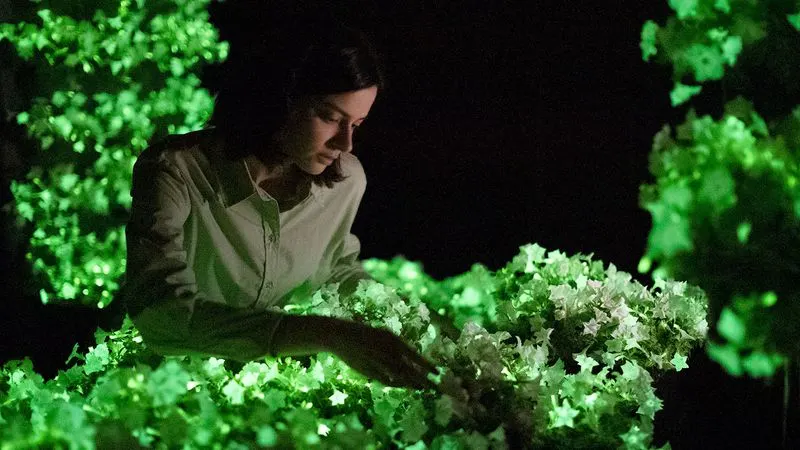
Imagine gardens that come alive at night through natural illumination. Bioluminescent plants offer a magical ambiance, transforming spaces into glowing spectacles. These genetically engineered plants emit light, providing a unique aesthetic and functional lighting source. Ideal for evening gardens or pathways, they reduce the need for artificial lighting. This innovation merges science with horticulture, captivating gardeners seeking futuristic designs. While still emerging, bioluminescent plants promise to redefine nighttime landscapes, offering both beauty and practicality. This trend invites creativity and imagination, turning gardens into enchanting realms.
Rain Gardens for Stormwater Management
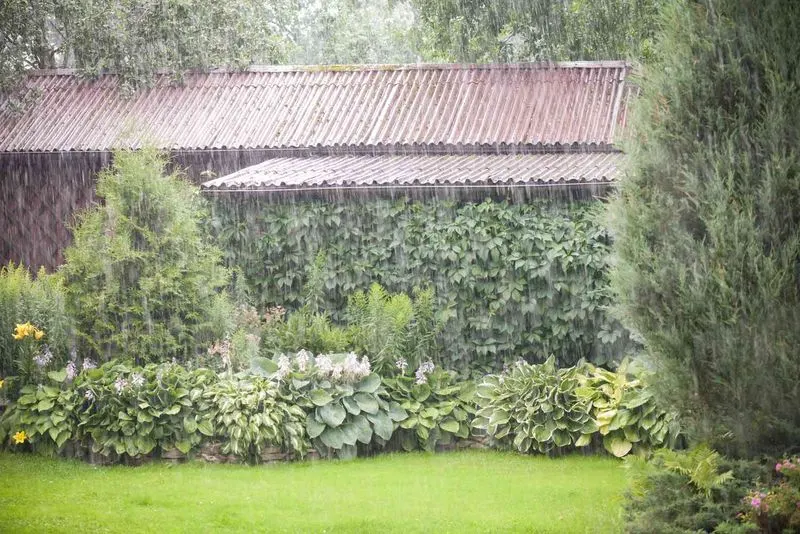
Rain gardens are functional and beautiful, offering a solution to manage stormwater naturally. By capturing runoff, these gardens reduce erosion and water pollution. Designed with a variety of native plants, they enhance biodiversity and create visually appealing landscapes. This trend aligns with sustainable practices, addressing urban runoff challenges. Rain gardens require strategic planning but offer long-term benefits, such as enhanced soil health and increased wildlife attraction. Ideal for urban areas prone to flooding, they provide an eco-friendly approach to water management. These gardens balance utility with aesthetic appeal, enriching urban spaces.
Mindful Gardening Practices
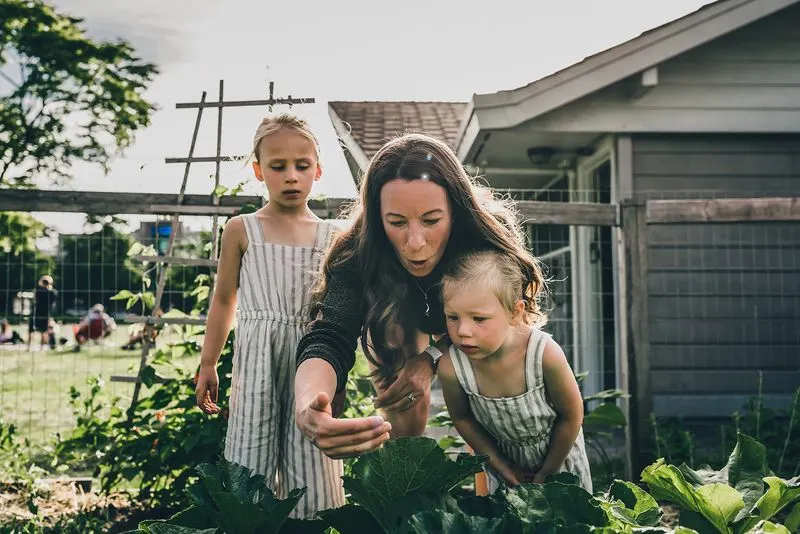
Gardening as a mindfulness practice emphasizes the connection between nature and mental well-being. Engaging with gardens provides a therapeutic escape from daily stressors. This trend encourages intentional gardening, focusing on the sensory experience and mindful observation. Creating spaces that promote relaxation and tranquility is key. Incorporating elements like water features or peaceful seating areas enhances the calming effect. Mindful gardening invites personal reflection and fosters a deeper connection with the natural world. It’s not just about productivity; it’s about nurturing the soul and finding solace in the garden’s embrace.
Plant-Based Air Purifiers
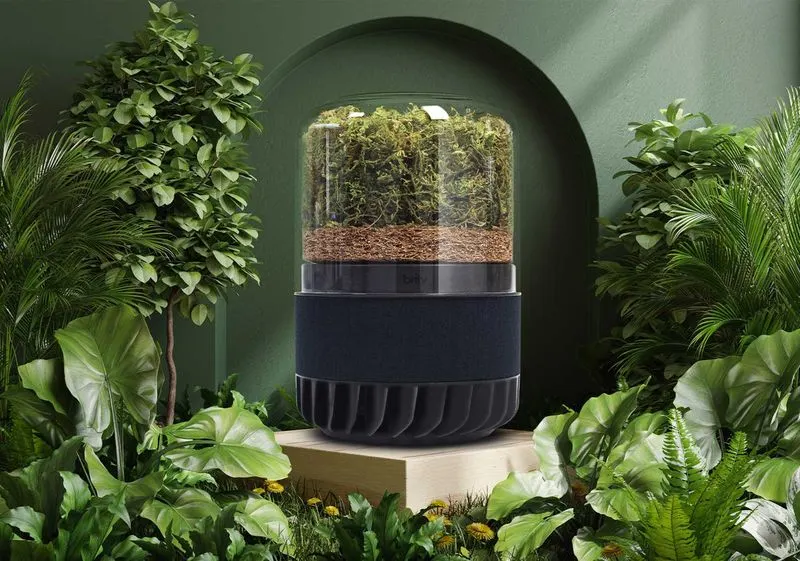
Houseplants have taken on a new role as natural air purifiers. Certain plant species improve indoor air quality by filtering toxins and releasing oxygen. This trend aligns with the growing interest in healthier living environments. Selecting the right plants enhances both aesthetics and air quality. Ideal for homes and offices, plant-based air purifiers offer a natural solution to combat indoor pollution. They require minimal maintenance and thrive in various lighting conditions. This approach not only beautifies spaces but also promotes health and well-being. Embracing these green companions contributes to a fresher, cleaner atmosphere.
DIY Mushroom Gardens
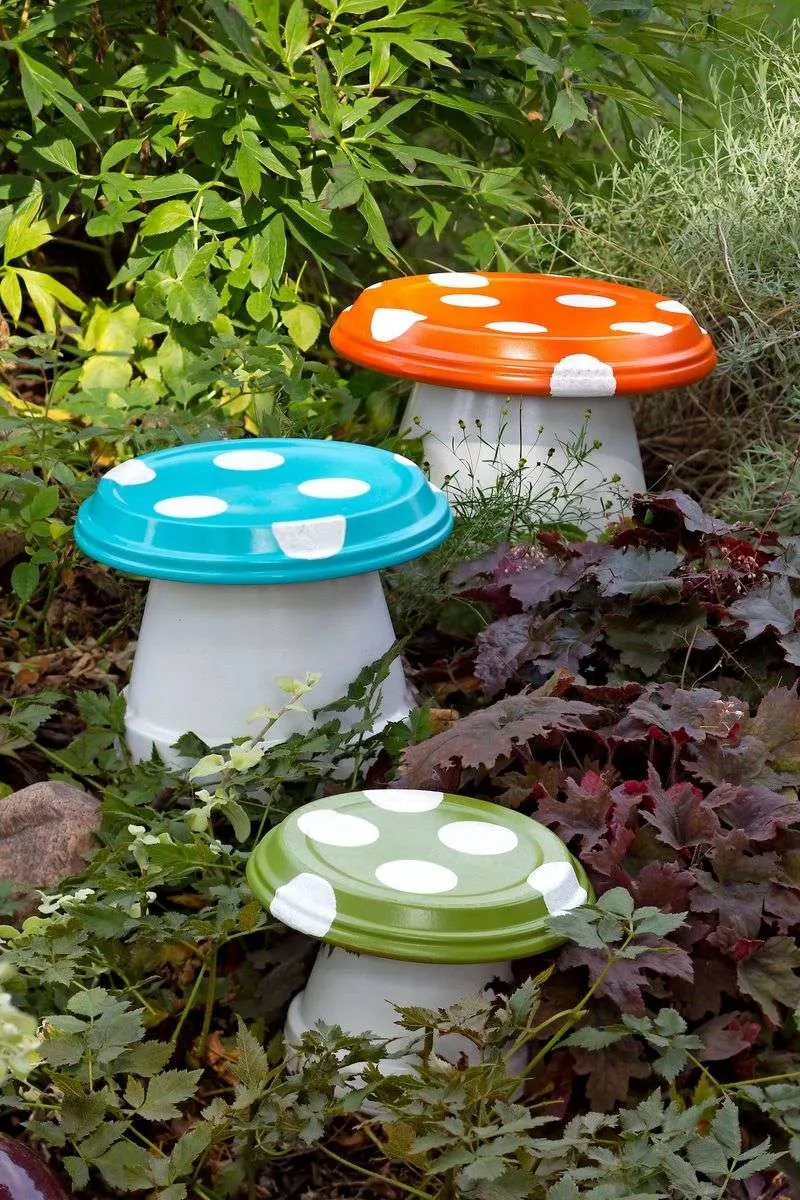
Growing mushrooms at home has garnered attention for its simplicity and rewards. DIY mushroom gardens offer a unique addition to indoor gardening, providing fresh, edible fungi. Kits make cultivation accessible, even for beginners. This trend appeals to those curious about fungi or interested in sustainable food sources. Mushrooms require minimal space and care, thriving in controlled environments. Beyond culinary uses, they add an intriguing element to garden diversity. DIY mushroom projects are both educational and practical, offering a glimpse into the fascinating world of fungi. This trend combines creativity, curiosity, and delicious outcomes.
Naturalistic Garden Designs
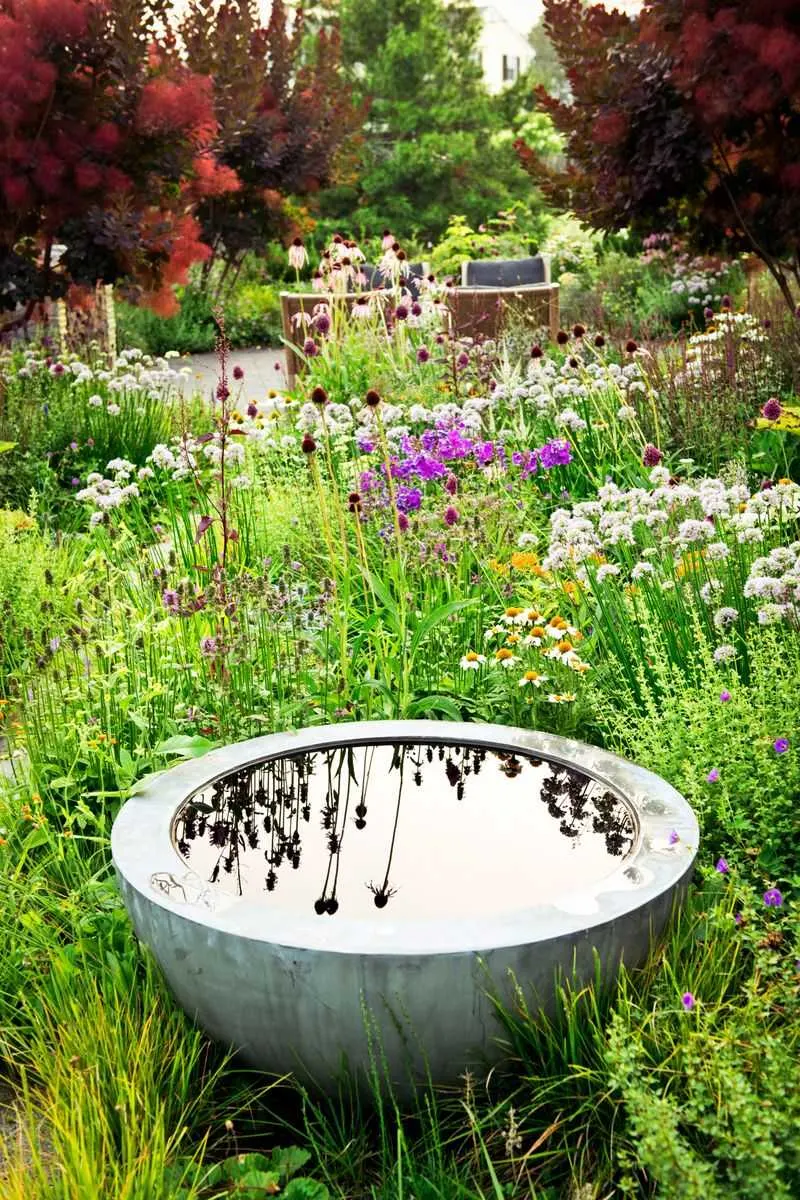
Naturalistic gardens mimic wild landscapes, focusing on native plants and organic layouts. These designs create harmonious environments that blend seamlessly with their surroundings. Prioritizing biodiversity and sustainability, they provide habitats for local wildlife. This trend resonates with those who appreciate nature’s raw beauty and seek low-maintenance options. Naturalistic gardens change with the seasons, offering dynamic displays and ever-evolving aesthetics. By embracing local flora, these gardens contribute to ecological balance and resilience. They invite exploration and discovery, offering a sanctuary where nature’s charm is celebrated and preserved.
Compact Greenhouses
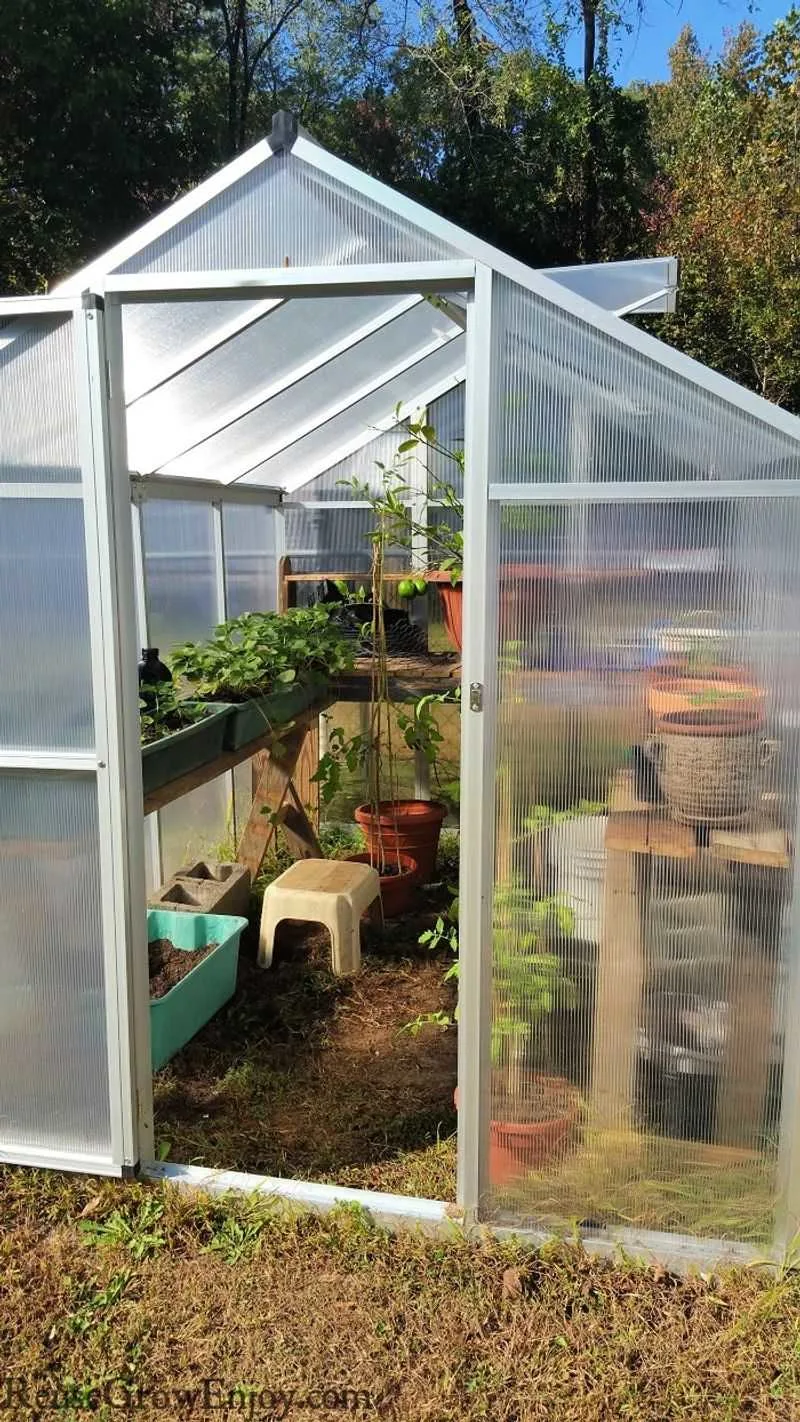
For those with limited outdoor space, compact greenhouses offer a versatile solution. These structures provide controlled environments for growing plants year-round. Portable and efficient, they suit urban gardens, patios, or balconies. This trend appeals to gardeners seeking to extend growing seasons or nurture delicate plants. Compact greenhouses facilitate experimentation with plant varieties, enhancing diversity. They protect against weather extremes, ensuring consistent growth. These greenhouses cater to hobbyists and serious growers alike, offering flexibility and innovation. As urbanization continues, they stand as a testament to adaptable, sustainable gardening.
Botanical Sensor Technology
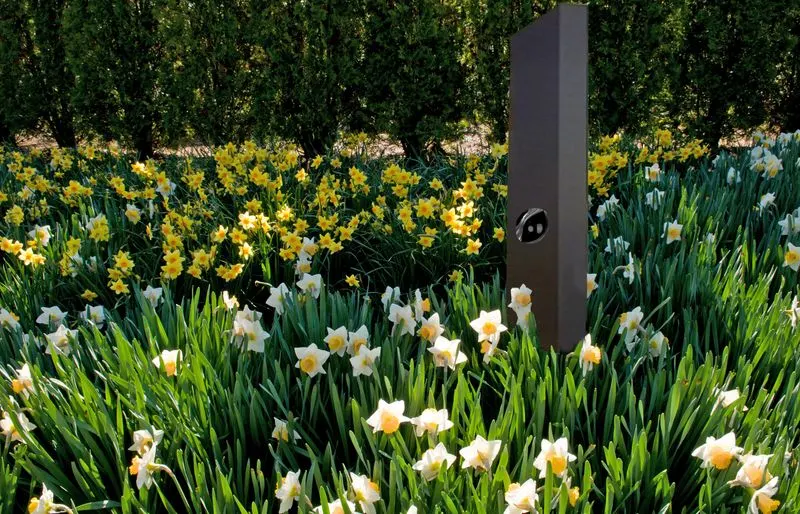
Botanical sensors represent the intersection of technology and horticulture, offering insights into plant health. These devices monitor soil moisture, light levels, and more, transmitting data to gardeners. By providing real-time feedback, sensors help optimize care routines. This trend caters to tech-savvy gardeners eager to integrate innovation into their practices. The data-driven approach supports informed decision-making, improving plant health and productivity. Botanical sensors are compact and user-friendly, appealing to all experience levels. They empower gardeners to understand their plants better, fostering a proactive approach to gardening. This trend merges precision with passion.
Native Plant Revival
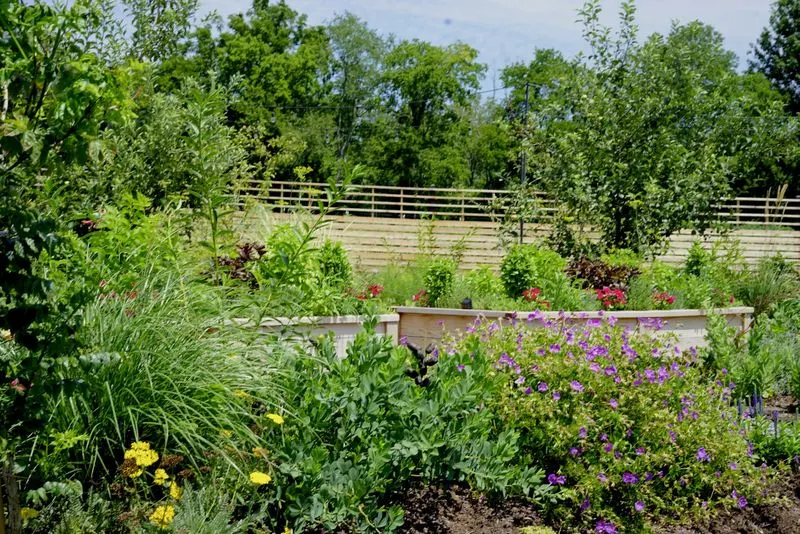
Emphasizing native plants fosters ecosystems that thrive with minimal intervention. These plants are adapted to local climates, requiring less water and care. The native plant revival trend supports biodiversity, aiding pollinators and wildlife. By choosing indigenous species, gardeners contribute to ecological restoration and resilience. This approach aligns with sustainability goals, reducing reliance on fertilizers and pesticides. Native gardens offer a sense of place, celebrating regional flora diversity. They invite exploration and learning, connecting gardeners to their environment. This trend roots gardens in history and culture, fostering a deeper ecological consciousness.
Aquaponics Systems
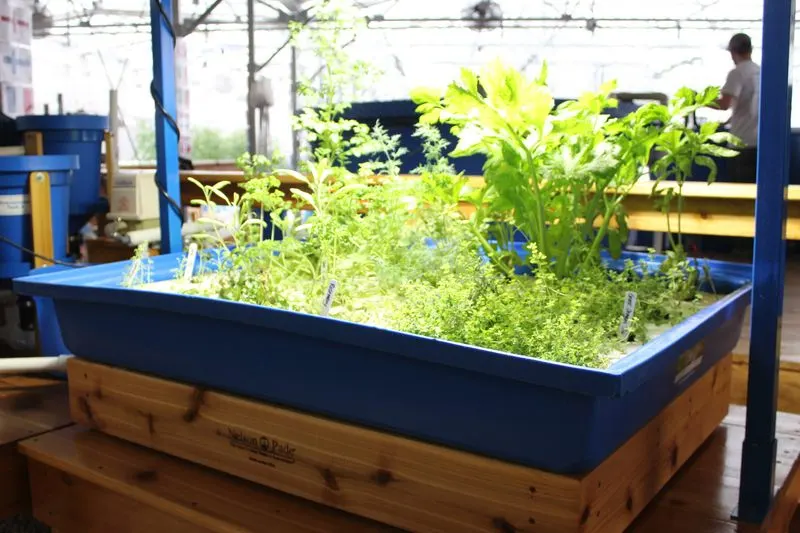
Aquaponics combines aquaculture and hydroponics, creating a symbiotic environment. Fish waste provides nutrients for plants, which in turn purify the water. This closed-loop system offers sustainable food production, using minimal resources. Aquaponics is ideal for urban settings, promoting fresh produce and fish cultivation. This trend appeals to eco-conscious gardeners interested in innovative growing techniques. Aquaponics systems are scalable, fitting various spaces from homes to schools. They offer educational opportunities, illustrating the principles of symbiosis and sustainability. This method fosters a deeper understanding of ecological interdependence and resource efficiency.
Sculptural Garden Art
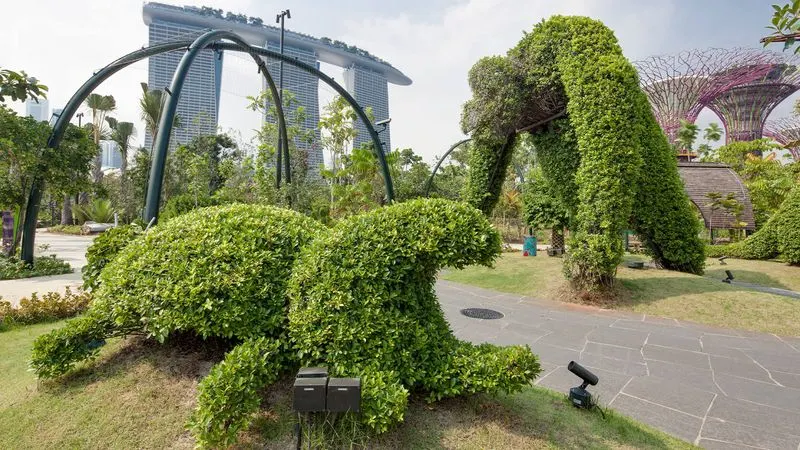
Incorporating art into gardens transforms them into outdoor galleries. Sculptural pieces add dimension, interest, and personal expression. This trend encourages creativity, allowing gardeners to personalize their spaces with unique artworks. Sculptures can complement garden themes, enhance focal points, or spark conversation. Materials range from metal to stone, offering diverse styles to suit any taste. These art pieces become integral to garden design, blending beauty with functionality. This approach invites artistic exploration, enriching the gardening experience. Sculptural gardens reflect individuality and vision, celebrating the union of art and nature.
Water-Wise Xeriscaping
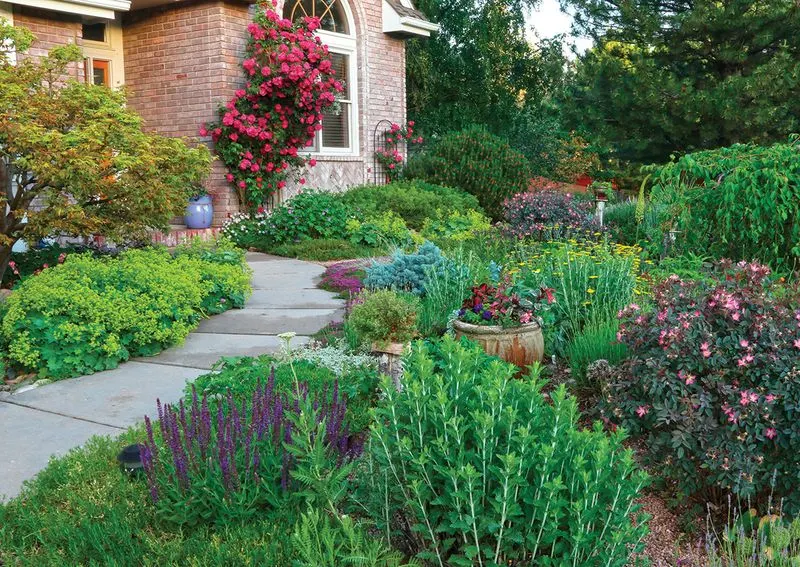
Xeriscaping focuses on conserving water through drought-tolerant landscaping. This trend addresses climate change and water scarcity concerns. By selecting resilient plants, gardeners minimize irrigation needs, promoting sustainability. Xeriscapes maintain beauty and functionality, offering vibrant designs with low water dependence. Ideal for arid regions, they provide attractive alternatives to traditional lawns. This approach conserves resources while reducing maintenance efforts. Xeriscaping aligns with eco-friendly practices, supporting climate resilience. These gardens showcase adaptability and innovation, proving that sustainability and aesthetics can coexist harmoniously. The trend invites gardeners to rethink water use creatively.
Kitchen Composting Solutions
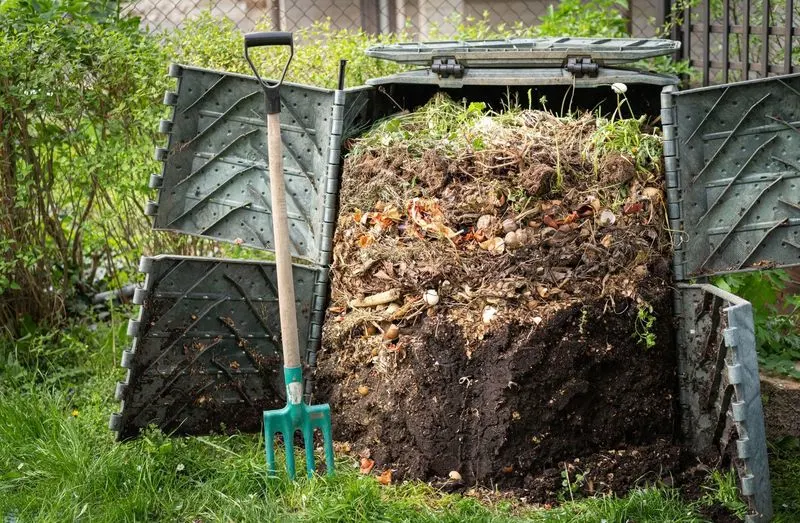
Turning kitchen waste into garden gold is gaining traction, thanks to innovative composting solutions. These systems are compact and efficient, fitting seamlessly into modern lifestyles. Kitchen composters transform food scraps into rich soil enhancers, reducing waste and supporting plant growth. This trend appeals to eco-conscious individuals seeking to minimize their environmental footprint. Composting at home is both practical and rewarding, contributing to sustainability goals. These solutions integrate easily into daily routines, promoting responsible waste management. Kitchen composters empower individuals to participate actively in ecological stewardship, enriching gardens while reducing landfill contributions.
Conservation Landscaping
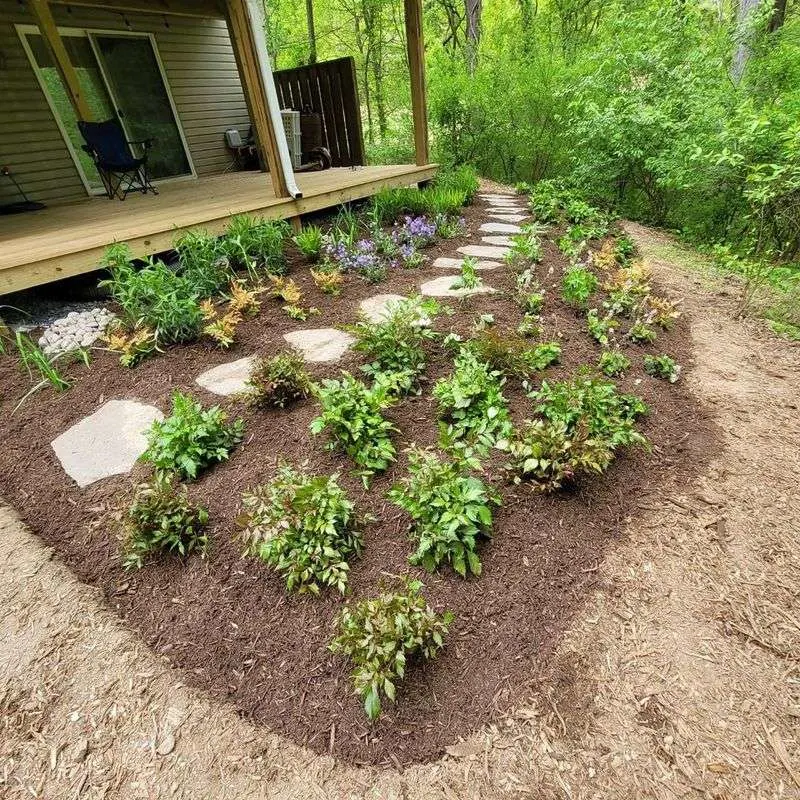
Conservation landscaping integrates ecological principles into garden design, focusing on habitat preservation and resource conservation. This approach marries aesthetics with environmental responsibility, creating gardens that support local ecosystems. By choosing native plants and implementing water-saving strategies, conservation landscapes minimize impact and enhance biodiversity. This trend resonates with gardeners committed to sustainability and environmental stewardship. It’s about creating spaces that reflect natural processes while providing beauty and functionality. Conservation landscaping offers a vision of gardens as vital ecological contributors, fostering a harmonious coexistence between humans and nature.
Innovative Garden Furniture
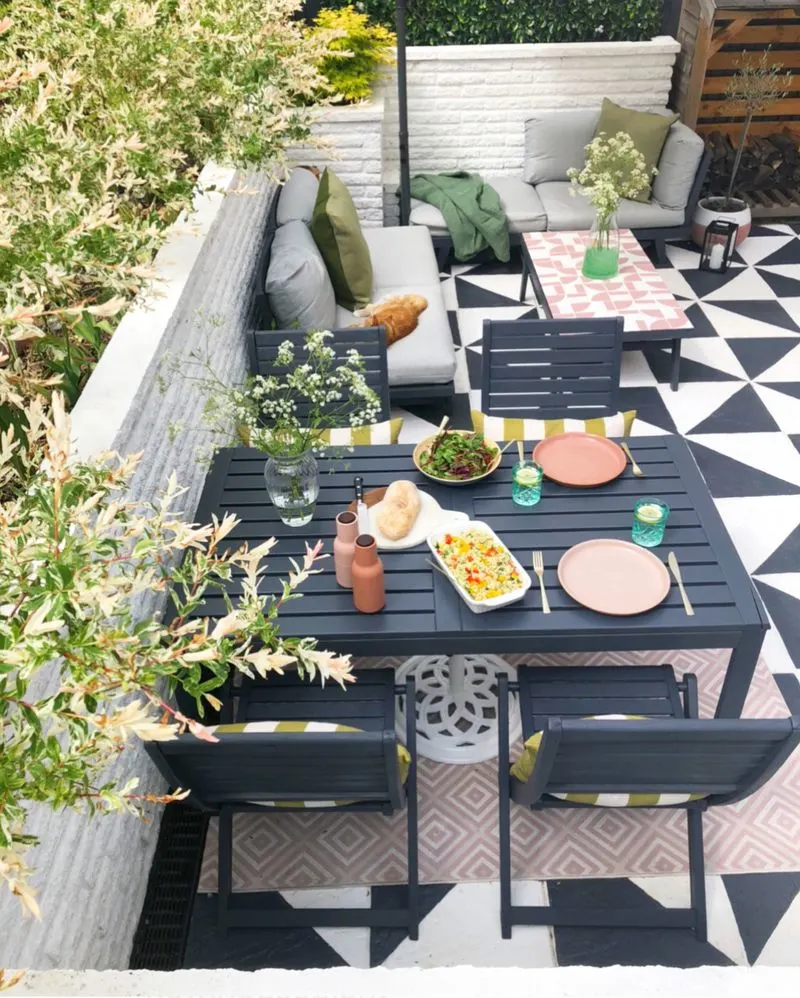
Garden furniture is evolving, offering multifunctional designs that complement outdoor spaces. Innovative pieces provide comfort, style, and utility, enhancing garden enjoyment. This trend features furniture that integrates planters, solar lighting, or storage, maximizing functionality. Such designs cater to modern lifestyles, blending aesthetics with practicality. Ideal for small spaces, they offer versatility without compromising design. Innovative furniture supports sustainable living, utilizing materials that respect the environment. These pieces invite relaxation and social interaction, making gardens more inviting. This trend exemplifies creativity and practicality, elevating outdoor living to new heights.
Pollinator Pathways
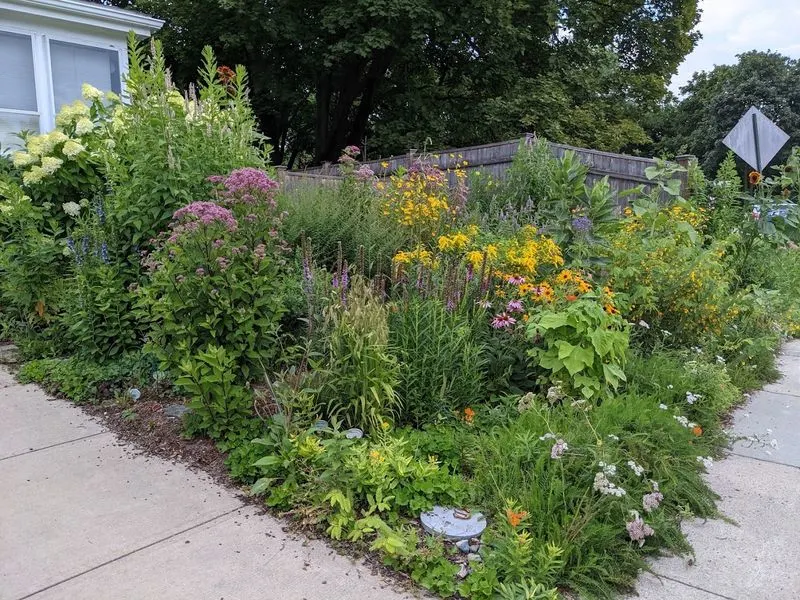
Creating pathways for pollinators fosters biodiversity and enhances garden vitality. By planting flowers that attract bees, butterflies, and other insects, gardeners create vibrant ecosystems. Pollinator pathways connect green spaces, aiding in the survival of essential species. This trend promotes awareness of pollinator health and conservation. It’s an approach that blends beauty with ecological function, enriching gardens while supporting wildlife. These pathways serve educational purposes, illustrating the importance of pollinators in food production. The trend underscores the gardener’s role in safeguarding biodiversity, offering a proactive step towards ecological balance.
Eco-Friendly Pest Control
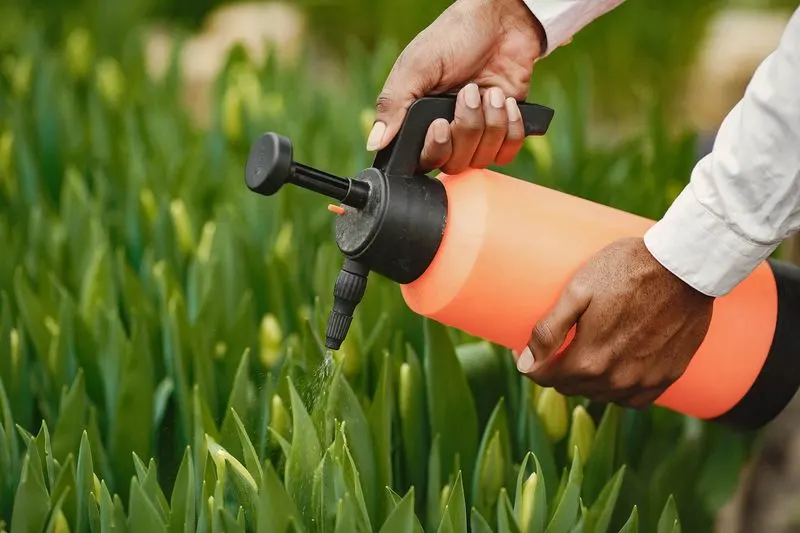
Eco-friendly pest control methods prioritize the health of ecosystems by reducing chemical use. Techniques like companion planting, natural predators, and organic sprays offer sustainable alternatives. This trend appeals to gardeners committed to minimizing environmental impact. By choosing eco-friendly solutions, they protect beneficial insects and soil health. These methods are effective and align with broader sustainability goals. Gardeners can enjoy thriving plants without the drawbacks of traditional pesticides. Eco-friendly pest control enhances garden resilience, promoting a harmonious balance between plant health and environmental stewardship. This approach supports a healthier future for all garden ecosystems.
Living Walls Indoors
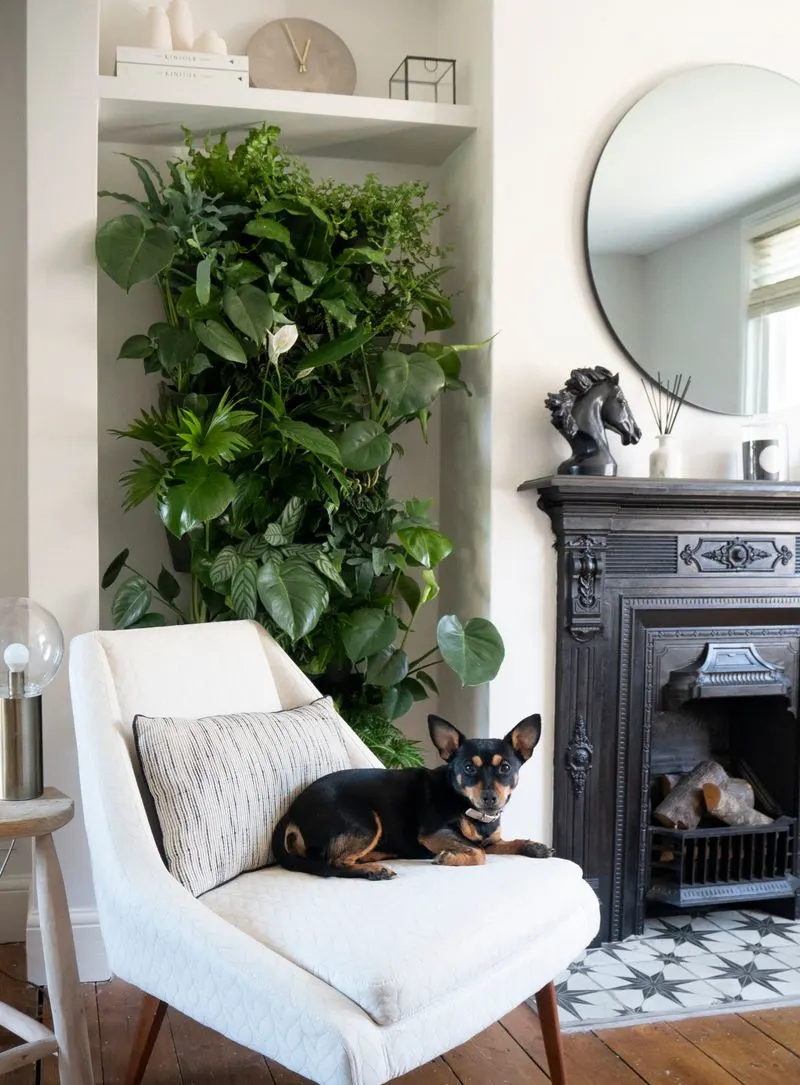
Living walls bring nature indoors, offering an aesthetic and functional green solution. These vertical gardens enhance air quality and provide natural insulation. Ideal for small spaces, living walls maximize greenery without occupying floor space. This trend appeals to urban dwellers seeking indoor gardening options. Living walls create a striking visual impact, transforming interiors into vibrant sanctuaries. They offer flexibility in design, accommodating various plant species and styles. Beyond beauty, living walls contribute to well-being by bringing nature closer. This trend reflects the growing desire for biophilic design, promoting harmony between indoor spaces and the natural world.
Futuristic Garden Lighting
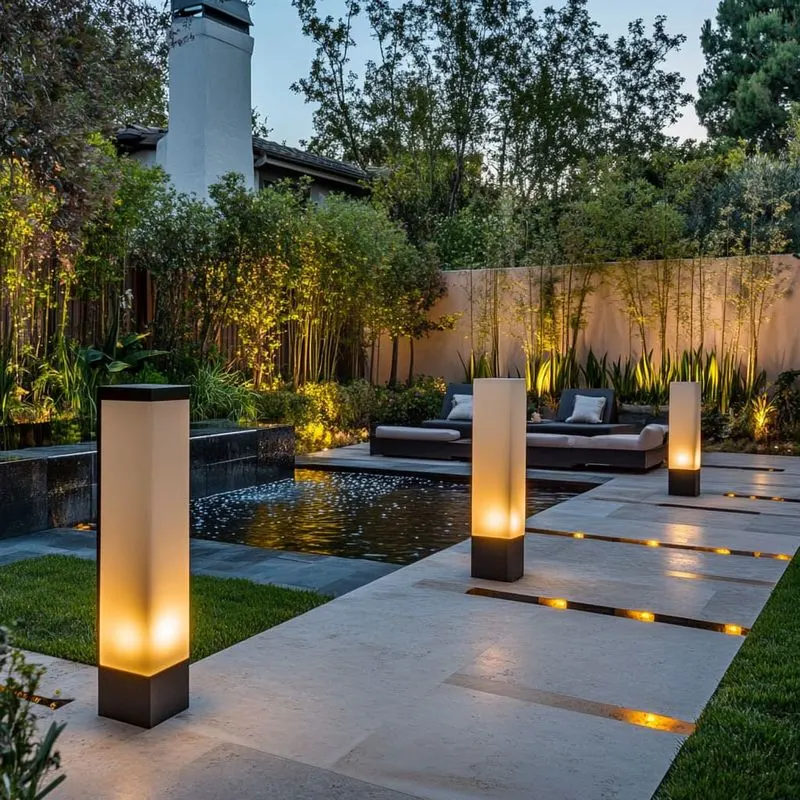
Garden lighting is evolving into futuristic designs that accentuate landscapes while conserving energy. Innovations include LED technology, solar power, and smart controls, offering efficient, customizable options. This trend enhances garden aesthetics, providing ambiance and safety. Futuristic lighting solutions cater to modern tastes, integrating seamlessly into diverse garden styles. They support sustainability by reducing energy consumption and promoting eco-friendly practices. These lights invite evening enjoyment, transforming gardens into enchanting spaces. As technology advances, futuristic lighting stands at the forefront of garden design, merging functionality with innovation for a brighter future.

